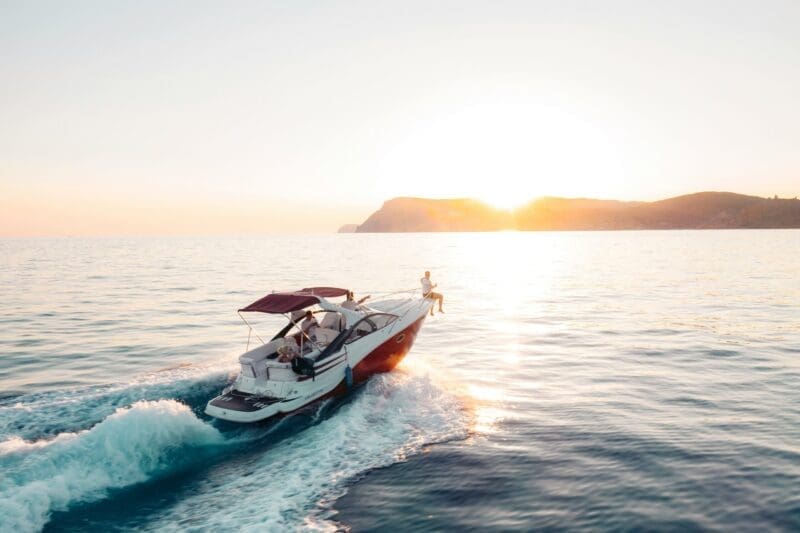Embarking on a sailing adventure embodies the essence of freedom and exploration. It’s a chance to feel the winds of discovery at your back and the splash of the sea as your constant companion. Before setting sail, however, selecting the right vessel is paramount to the success and enjoyment of your journey. In this guide, we’ll navigate through six crucial considerations that can help streamline your decision-making process, ensuring you purchase a boat that not only meets your adventurous spirit but also your practical needs. From understanding the type of sailing you plan to do, to considering maintenance and budget, each element is a stepping-stone towards your ultimate maritime escapade.
Budget Considerations
Your budget will be one of the most decisive factors in purchasing a boat. Beyond the initial cost, factor in expenses such as insurance, docking fees, maintenance, and any necessary customizations. It’s wise to reserve a portion of your budget for unexpected costs or emergencies – sea voyages are full of surprises, and financial flexibility can smooth out potential rough waters ahead.
Consider also the boat’s resale value should your sailing interests or needs change. Some models and brands hold their value better than others, and a well-maintained boat will always fetch a better price. Being financially prepared ensures that your sailing dream doesn’t turn into a monetary nightmare. You can borrow money for a boat if needed, but it’s important to carefully assess the terms and interest rates before making any financial commitments. Consider consulting with a financial advisor to help you make an informed decision.
Determine Your Sailing Purpose
Before you begin perusing boat listings, it’s important to determine the purpose of your sailing endeavors. Are you looking for leisurely coastal cruises, offshore voyages, or competitive racing? Your intended use will greatly influence the type of boat you choose, as different designs and features cater to varying demands. A day sailor might prioritize simplicity and ease of handling, while an ocean cruiser would require robust construction and ample living space.
Size and Layout
The size of the boat is a critical factor — not just in terms of length, but also beam, depth, and layout. A larger boat may offer more space and amenities, which is fantastic for extended trips but can be harder to handle and more costly to maintain. Conversely, a smaller vessel is easier to maneuver and less expensive but may lack the space needed for comfortable long-term living.
Ponder the layout of the cabins, galley, and cockpit. Do you need multiple cabins for family and friends, or will a solo setup suffice? How do you envision spending time on board? Ensure that the design aligns with your lifestyle and that you’re not sacrificing essential comforts for the sake of a few saved inches or dollars.
New vs. Pre-Owned
Deciding between a new boat or a second-hand one can be challenging. A new boat often comes with less immediate maintenance, up-to-date features, and manufacturer warranties, yet carries a higher price tag. On the flip side, buying pre-owned can be more economical, offering more boats for your buck, but requires due diligence when it comes to inspections and may necessitate additional funds for repairs or upgrades.
When considering a used vessel, research its history, inspect it thoroughly for wear and tear, and don’t hesitate to ask for an expert’s opinion. If opting for new, look closely at the longevity of construction materials and the manufacturer’s track record for peace of mind in your investment.
Sailboat Type and Design
The type of sailboat – be it a monohull, catamaran, or trimaran – greatly affects stability, speed, and space. Monohulls are traditional and favored for their sailing performance, especially in rough waters. Catamarans are more stable and offer spacious living areas, making them a popular choice for families looking for creative design ideas with boat outfitters, and those susceptible to seasickness. Trimarans offer an excellent mix of speed and living space but can be slightly more complex to handle.
Consider the keel design, mast height, and rigging setup that aligns with your sailing style and experience level. Each design has its trade-offs, so weigh your priorities carefully. Do you want maximum interior space, or are you more concerned with how the boat handles under sail? Your choice here will define your sailing experience.
Long-Term Maintenance
Owning a boat is a long-term commitment that comes with ongoing maintenance. From routine cleaning to engine services and sail repairs, consider the time and money you are willing to invest in upkeep. Be realistic about your DIY skills versus when to call in professionals. Each boat has its unique maintenance challenges and neglecting them can lead to higher costs down the line.
Include a maintenance budget in your overall boat finances. If you’re not hands-on, calculate regular servicing costs, especially for older models that might demand more frequent attention. Invest in high-quality equipment that withstands the marine environment and be prepared for the occasional unexpected repair.

Purchasing a boat for a sailing adventure requires careful consideration and planning. From budget and intended purpose to size and design, each factor plays a crucial role in finding the perfect vessel for your nautical aspirations. Be thorough in your research, consult with experts if needed, and never compromise on essential features or quality. With the right boat as your companion, you’ll be ready to set sail and explore the vast wonders of the sea. So raise your sails, and let the journey begin!


